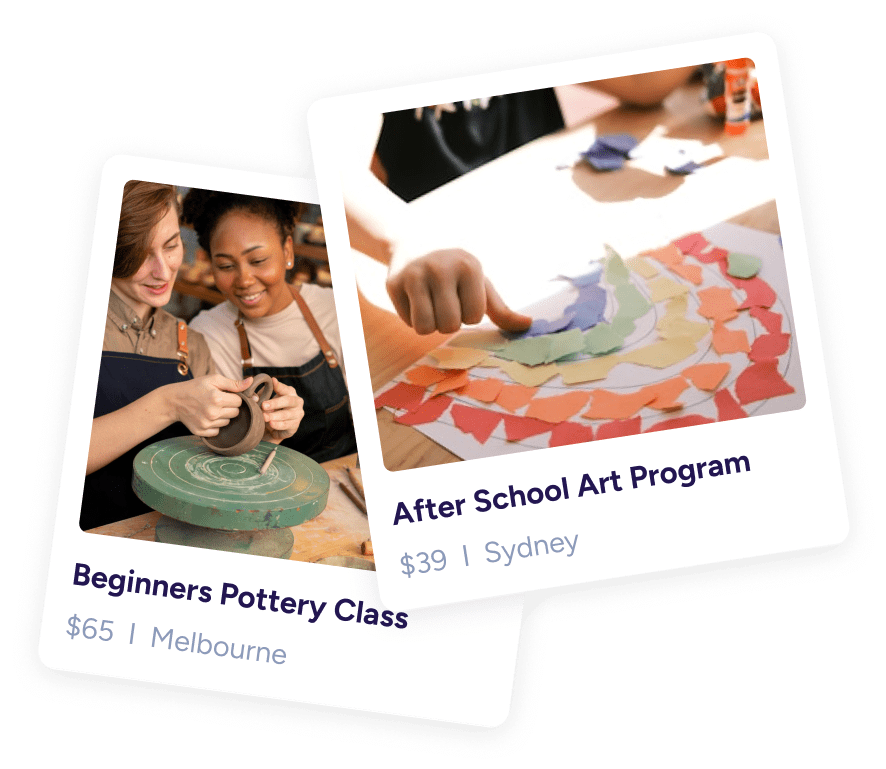Pottery, as an art form, has transcended the boundaries of mere craftsmanship. It’s a symphony of clay, fire, and creativity that has been honed over centuries. Among the various pottery techniques that have emerged, Raku firing stands out for its unique blend of artistry, unpredictability, and sheer beauty.
The Origins of Raku Firing
Raku, which translates to “enjoyment” or “ease” in Japanese, is an ancient Japanese pottery technique with roots dating back to the 16th century. It was pioneered by the Japanese tea master Sen no Rikyū and was originally used to create tea ceremony utensils. Raku pottery quickly gained popularity for its rustic charm and unique, spontaneous aesthetics.
The Connection Between Zen and Raku
Raku pottery is deeply intertwined with Zen philosophy. Both emphasise simplicity, spontaneity, and a deep connection to the present moment. In the same way that Zen practitioners seek enlightenment through meditation, potters seek a state of mindfulness while creating Raku ceramics.
The Raku Firing Process Unveiled
Raku firing is an unconventional pottery firing process that deviates from the traditional methods in various ways. It involves removing the pottery from the kiln at an extremely high temperature and subjecting it to post-firing reduction, a process that creates unique and often unpredictable glaze effects.
-
Preparing the Pottery The journey of a Raku piece begins with shaping and drying the clay. The clay used for Raku should ideally be able to withstand thermal shock, a crucial factor for this firing method.
-
Glazing Raku pottery often features stunning glazes that range from vibrant metallic lusters to earthy, rustic finishes. Glaze application is a meticulous process where each brushstroke or dip can affect the final appearance.
-
Firing The pottery is placed in a gas-fired kiln and heated to a temperature of around 1800°F (982°C). This is significantly lower than the temperatures used in conventional pottery firing, which can exceed 2300°F (1260°C).
-
The Moment of Truth: Raku Reduction As the pottery reaches the desired temperature, it is removed from the kiln using tongs, a moment that requires both skill and precision. This red-hot pottery is placed into a container filled with combustible materials such as sawdust, newspaper, or leaves. The container is then sealed, causing the materials to catch fire.
-
Cooling Down The sudden introduction of the pottery into the reduction chamber and the subsequent combustion of materials create a reduction atmosphere. This environment dramatically affects the glaze, producing distinctive crackling, metallic, and iridescent effects. After a brief period in the reduction chamber, the pottery is quenched with water to halt the firing process.
-
Cleaning and Polishing Once the pottery has cooled down, it’s time to clean and polish it. This step reveals the true beauty of the Raku piece, and any imperfections or irregularities are embraced as part of its character.
The Beauty of Imperfection
Raku pottery is celebrated for its imperfections and unpredictability. Unlike traditional pottery, which aims for flawless perfection, Raku pottery embraces the cracks, crazing, and unique patterns that result from the firing process. Each piece tells a story of its journey through the fire, making it a work of art that embodies the essence of wabi-sabi—a Japanese aesthetic that finds beauty in impermanence and imperfection.
The Role of Mindfulness in Raku Firing
As mentioned earlier, Raku pottery is deeply connected to Zen philosophy. Mindfulness, or the practice of being fully present in the moment, plays a pivotal role in both creating and appreciating Raku ceramics.
When a potter engages in Raku firing, they must be fully immersed in the process. The act of removing red-hot pottery from the kiln demands intense focus and precision to avoid accidents. Similarly, the moment of reduction requires a calm and deliberate approach to achieve the desired glaze effects.
Benefits of Mindfulness in Raku Pottery:
-
Enhanced Creativity: Mindfulness allows potters to tap into their creative flow, resulting in unique and innovative designs.
-
Reduced Stress: The meditative nature of Raku firing can be a stress-relieving experience, promoting a sense of calm and inner peace.
-
Improved Skill: Being present in the moment sharpens a potter’s skills, making them more attuned to the subtleties of the process. ## The Raku Experience: A Potent Blend of Art and Philosophy
In the world of pottery, Raku firing stands as a testament to the harmonious union of art and philosophy. It’s not just about creating beautiful objects; it’s about embracing imperfection, celebrating unpredictability, and finding beauty in the present moment.
Every Raku piece is a tangible embodiment of Zen philosophy, a reminder to live in the now and appreciate the beauty that arises from the interplay of elements. Whether you’re a potter seeking to explore new horizons or an art lover in search of pieces that resonate with depth, Raku pottery offers an enriching experience that transcends the boundaries of time and tradition.
So, next time you hold a Raku vessel in your hands, remember that it carries with it the essence of centuries-old wisdom and the magic of a firing process that remains as captivating today as it was in the time of Sen no Rikyū.
Explore Pottery Classes on WeTeachMe
Interested in diving deeper into the art of pottery? Check out the wide range of pottery classes available on WeTeachMe. Whether you’re a beginner or an experienced potter, you’ll find workshops that cater to all skill levels. Learn traditional techniques, modern methods, and everything in between from expert instructors.
Discover more here.







